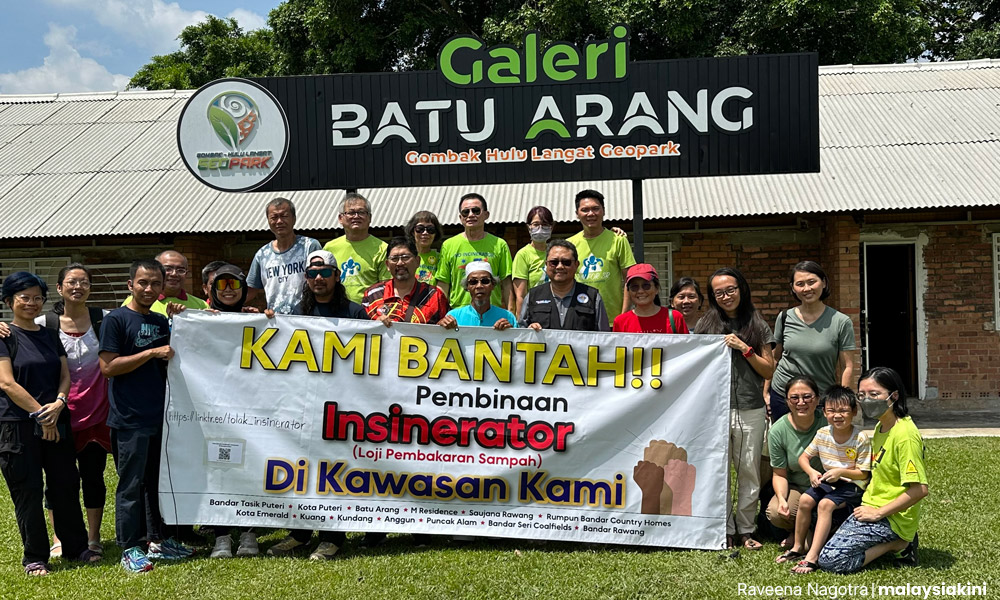LETTER | Before the author passes judgment on the community and labels them with the "not in my backyard" syndrome, I would like to request the author to conduct thorough research on some of the claims in his article regarding the incinerator project planned for Batu Arang, Rawang.
The author mentioned that he too demanded transparency in the approval process and open discussions.
However, did he know that we, the Rawang residents, have demanded transparency and open discussions as well, but have consistently been ignored by the state government led by Selangor Menteri Besar Amirudin Shari, KDEB Waste Management Sdn Bhd (a Selangor state government subsidiary and the project proponent) and their strategic partner YTL Power International Bhd?
Apart from the menteri besar's vague mentions that the proposed incinerator does not use technology from the 1970s and 1980s, no detailed information about the project has been made public.
Has the author come across any news detailing the project, such as the technology to be used, its origin, etc?
If this is indeed a noteworthy project, why hasn't detailed information been shared with the public? The environmental impact assessment (EIA) and social impact assessment (SIA) have not been completed, yet KDEB CEO Ramli Mohd Tahir has already announced that the project will commence in June.
So, where is the transparency?

Talking about evidence, does the author possess substantiated evidence that dioxin emissions from incinerators do not pose a health risk to humans?
The author mentioned that Malaysians holidaying in locations with incinerators - such as Pangkor, Tioman, Langkawi and Cameron Highlands - haven't complained.
However, what about the residents of these locations? Has continuous sampling and analysis of dioxin levels been conducted by authorities to ensure emissions from these incinerators are not harmful?
What are the legal requirements and mandatory safety measures for incinerator operation? Are there existing laws and regulations governing incinerator operators in Malaysia, particularly in monitoring dioxin emissions?
Or would the data be transparently made available to the community? Without answers to these questions, how can a "legally qualified journalist and good governance champion" make such claims?
My question to the author is, if incinerators are not harmful, why has the government not successfully convinced the residents of Broga and Kepong to allow incinerators in their areas?
Public health concerns
This is not merely a case of the "not in my backyard" syndrome. It is a concern for public health and fairness.
The proposed incinerators in Rawang will handle municipal waste from six municipalities. If the government and author claim incinerators are not harmful, why not build one in each municipality instead of incurring additional costs to transport waste to Rawang? Moreover, Rawang is not the highest waste generator.

The proposed incinerators reflect the state government's "parochial and self-centred interests”, opting for the easy way out by burning waste instead of addressing the root cause of the issue. "Burning does not reduce waste. Out of sight doesn't mean it doesn't exist."
And for the author, spare us your holier-than-thou commentary.
Writer is a resident of Batu Arang, Rawang.
The views expressed here are those of the author/contributor and do not necessarily represent the views of Malaysiakini.

